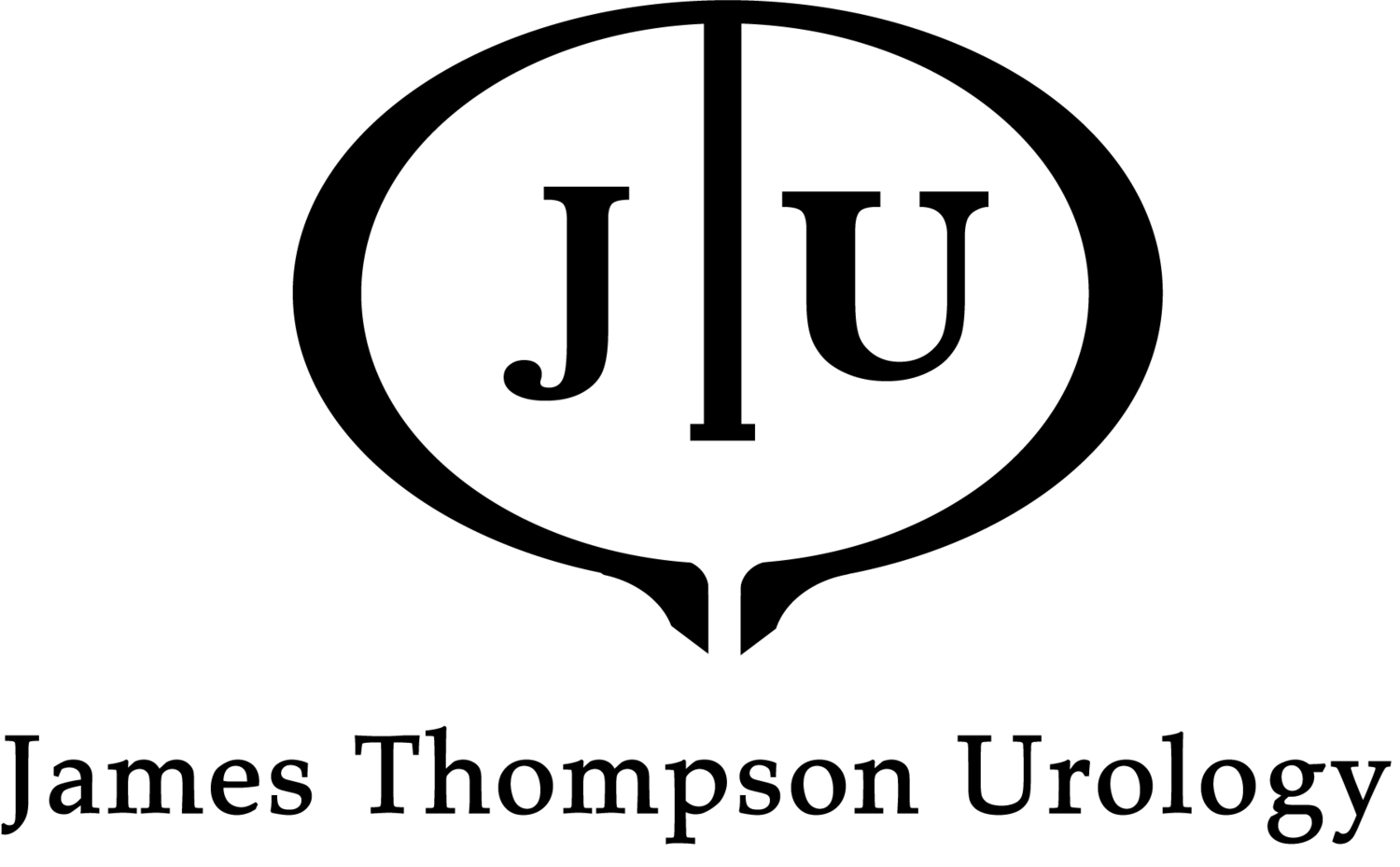One of the main challenges when men and women are found to have a bladder mass is to accurately determine whether it is growing (invading) through the wall into the deep muscle layer of the bladder. Getting this aspect of diagnosis right is a life or death matter, yet ultrasound and CT scans are inaccurate and even biopsy during cystoscopy is infamous for ‘missing’ cases where the lump is growing into the muscle layer, leading to delayed treatment and missing the chance of cure.
Dr Thompson has therefore designed a new study together with Dr Suresh Da Silva and joined with colleagues from the University of New South Wales, Siemens Medical Research, St George, St Vincents, Prince of Wales and Royal North Shore Hospitals to investigate whether a new type of MRI scan is able to overcome this problem.
This new type of high-definition MRI combines 5 scans into 1, including T1, T2, diffusion, kurtosis and gadolinium enhanced imaging sequences and will have the potential for quantitative analysis and artificial intelligence learning to enhance accuracy.
All men and women with a newly detected bladder mass booked to undergo cystoscopy and biopsy/ rmeoval of the mass are eligible for inclusion, and the study will detemine whether MRI is able to reliably differentiate those with muscle-invasive tumour who require prompt radical treatment from those with a more benign lump that can simply be shaved off and which does not require radical treatment such as complete bladder removal or chemo/ radiotherapy.
This study will take place over 2 years and if results are promising, will lead to a multi-site randomised controlled trial of MRI in this setting, which if successful would revolutionise the diagnosis and treatment of bladder cancer.
